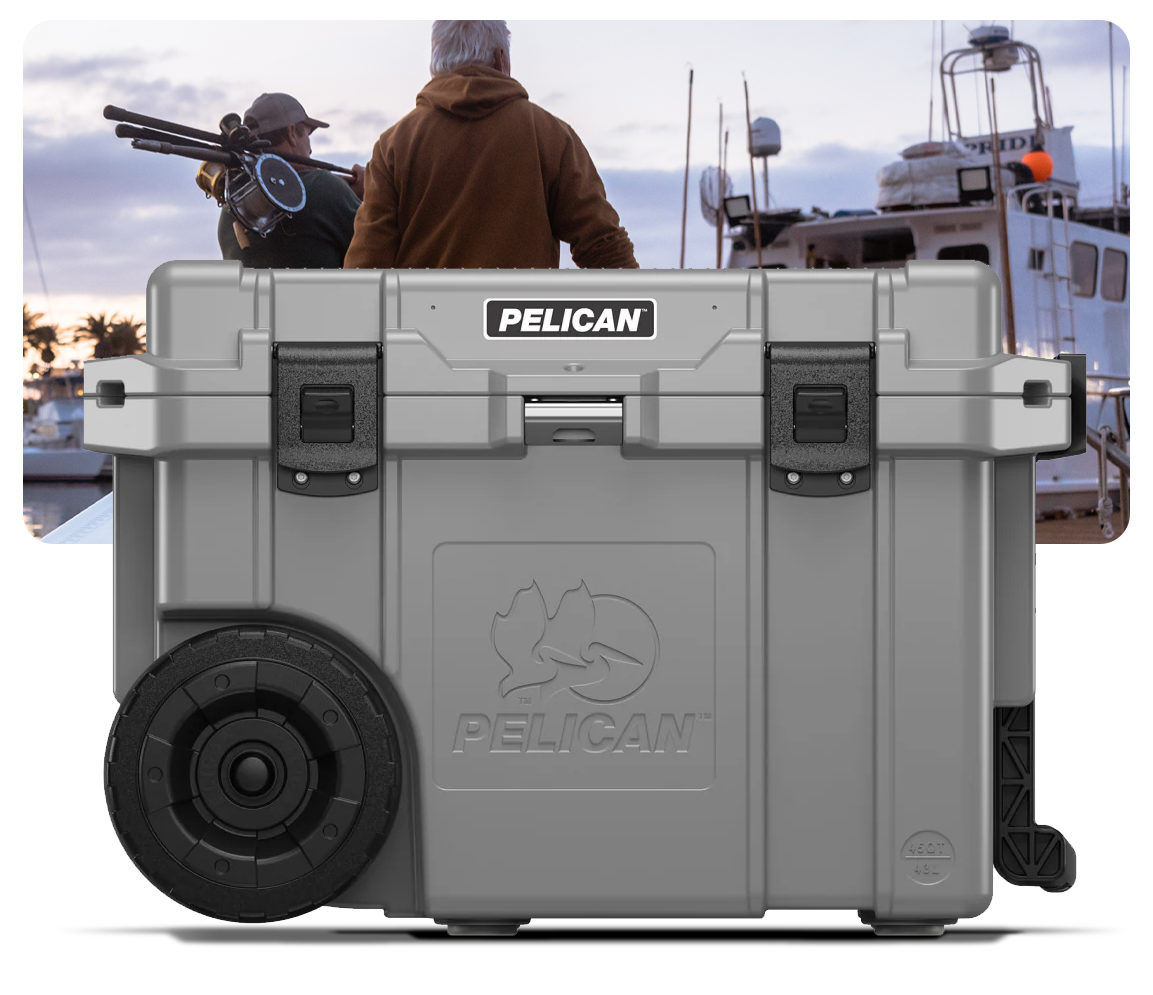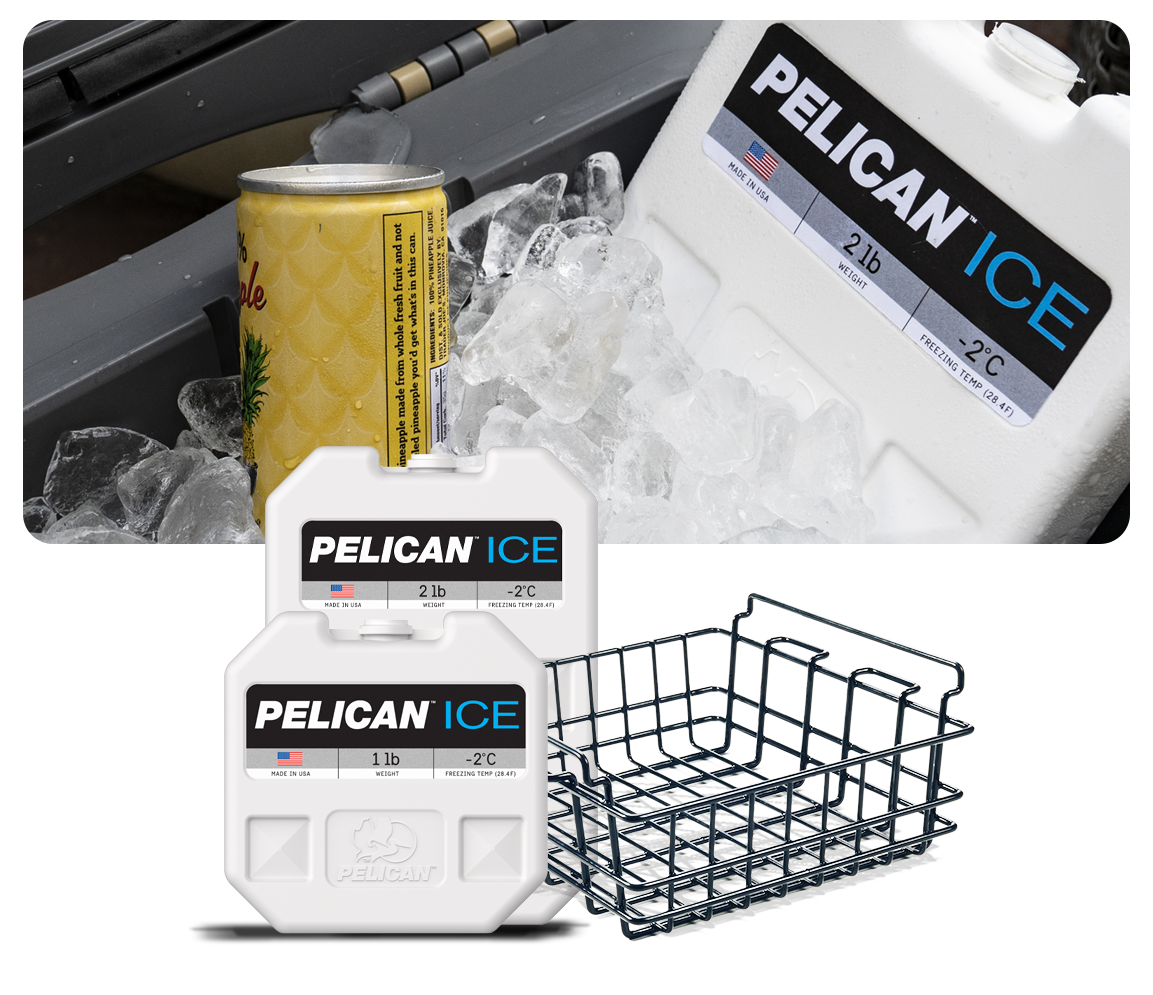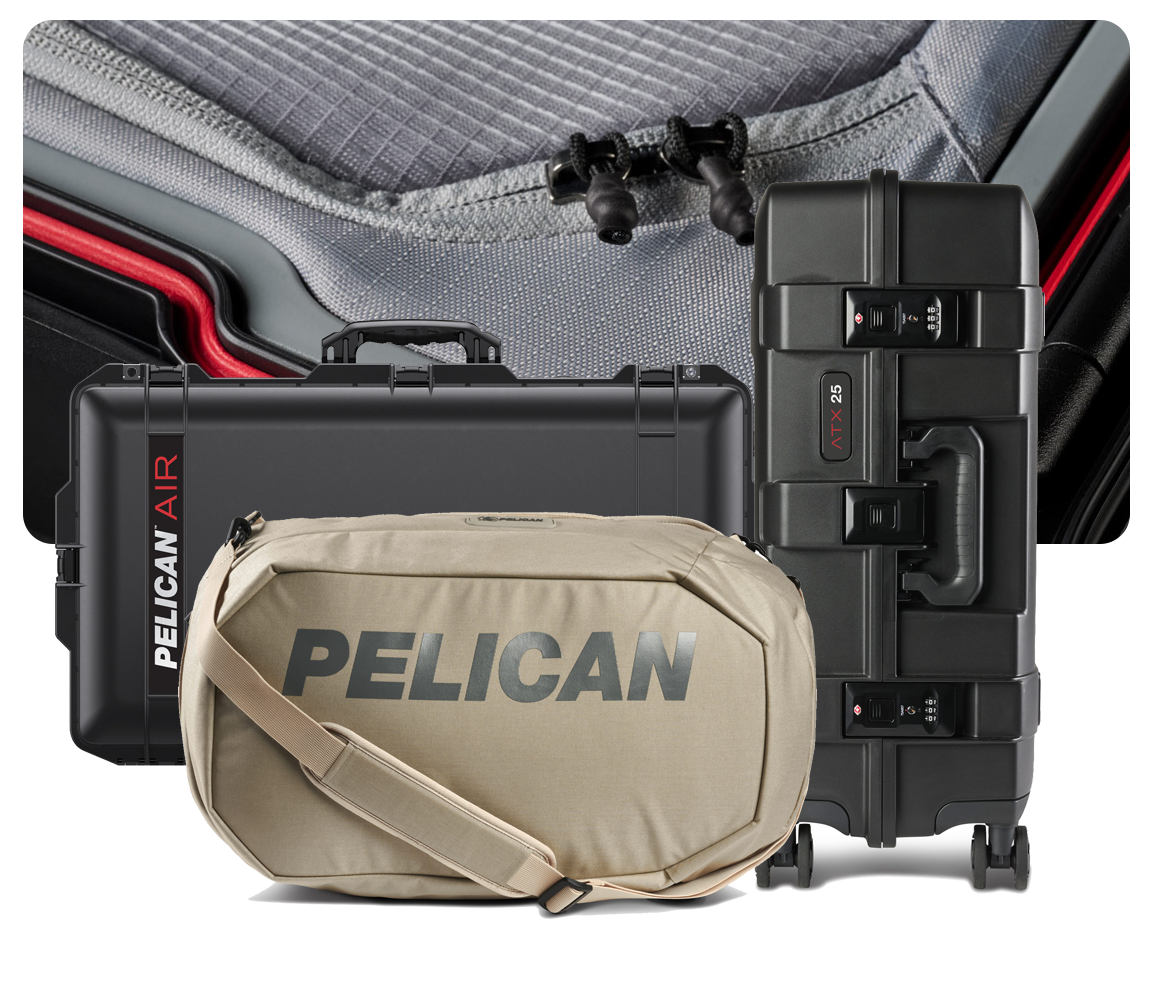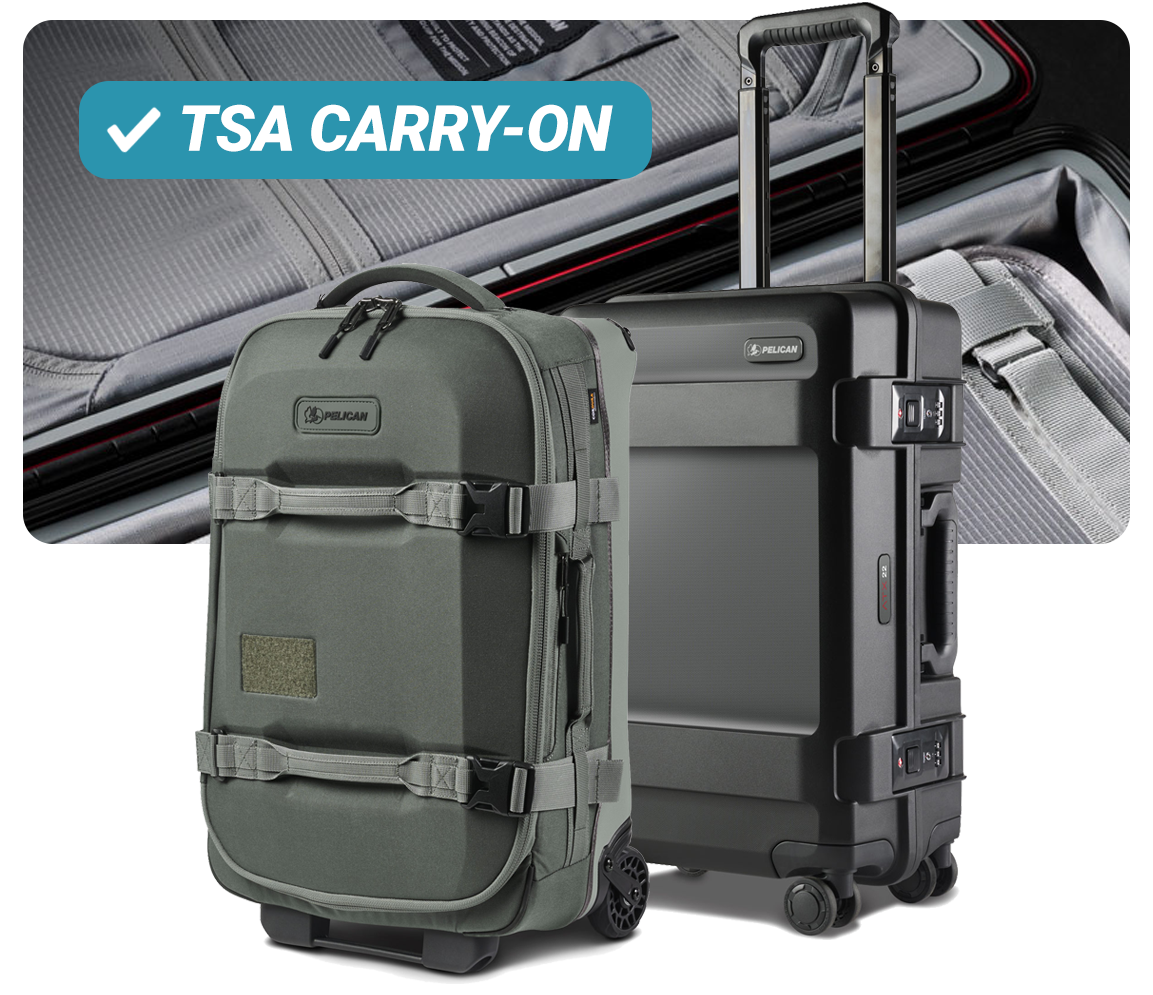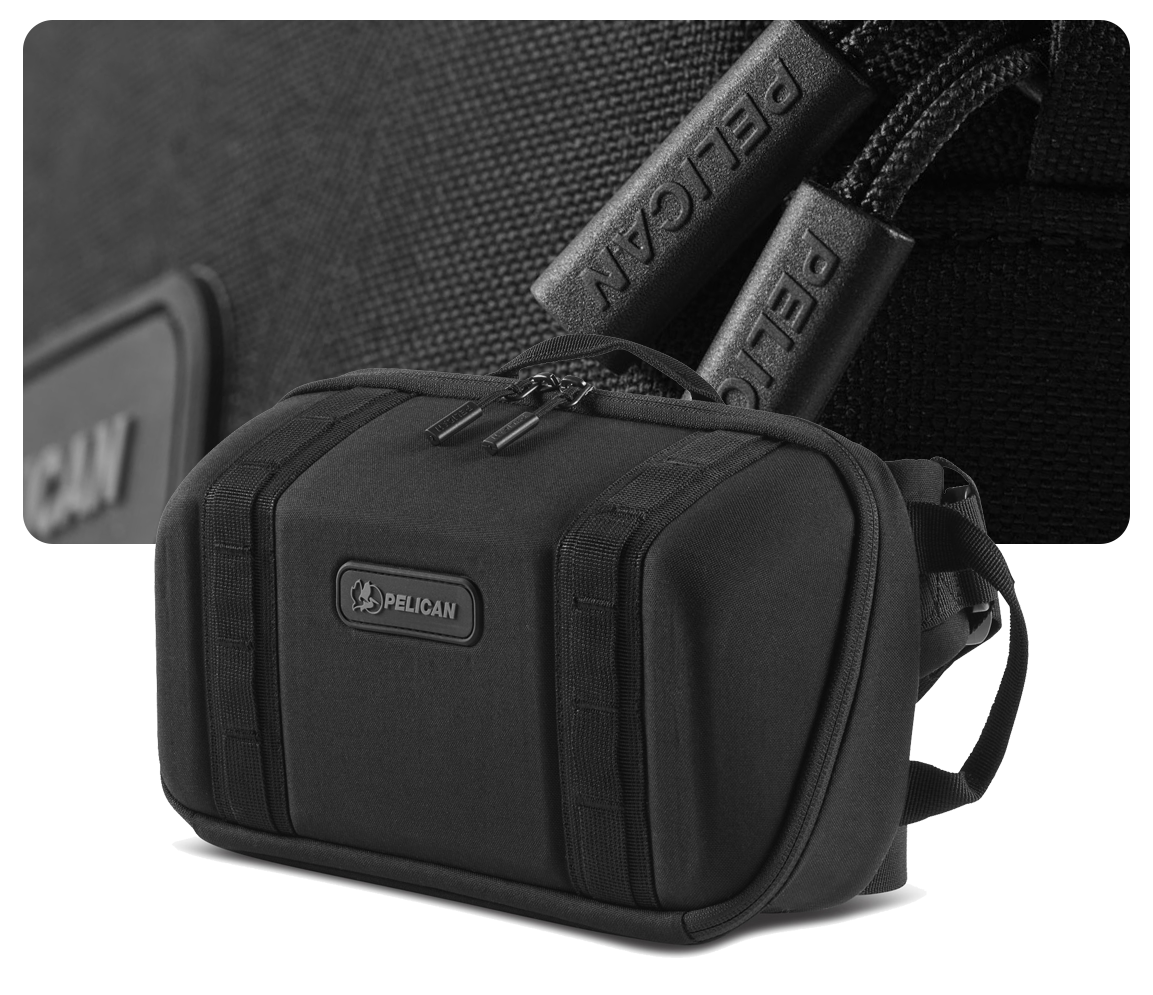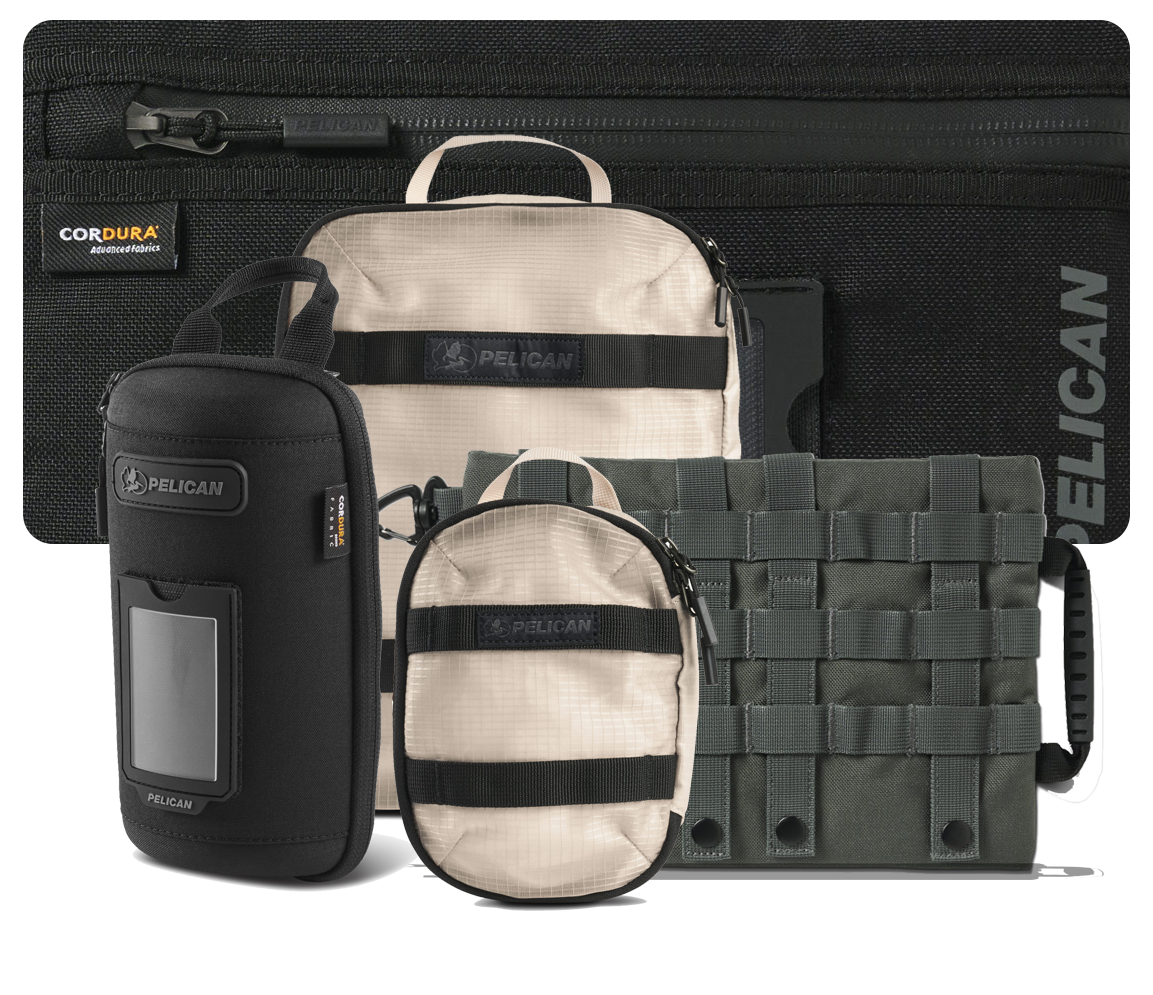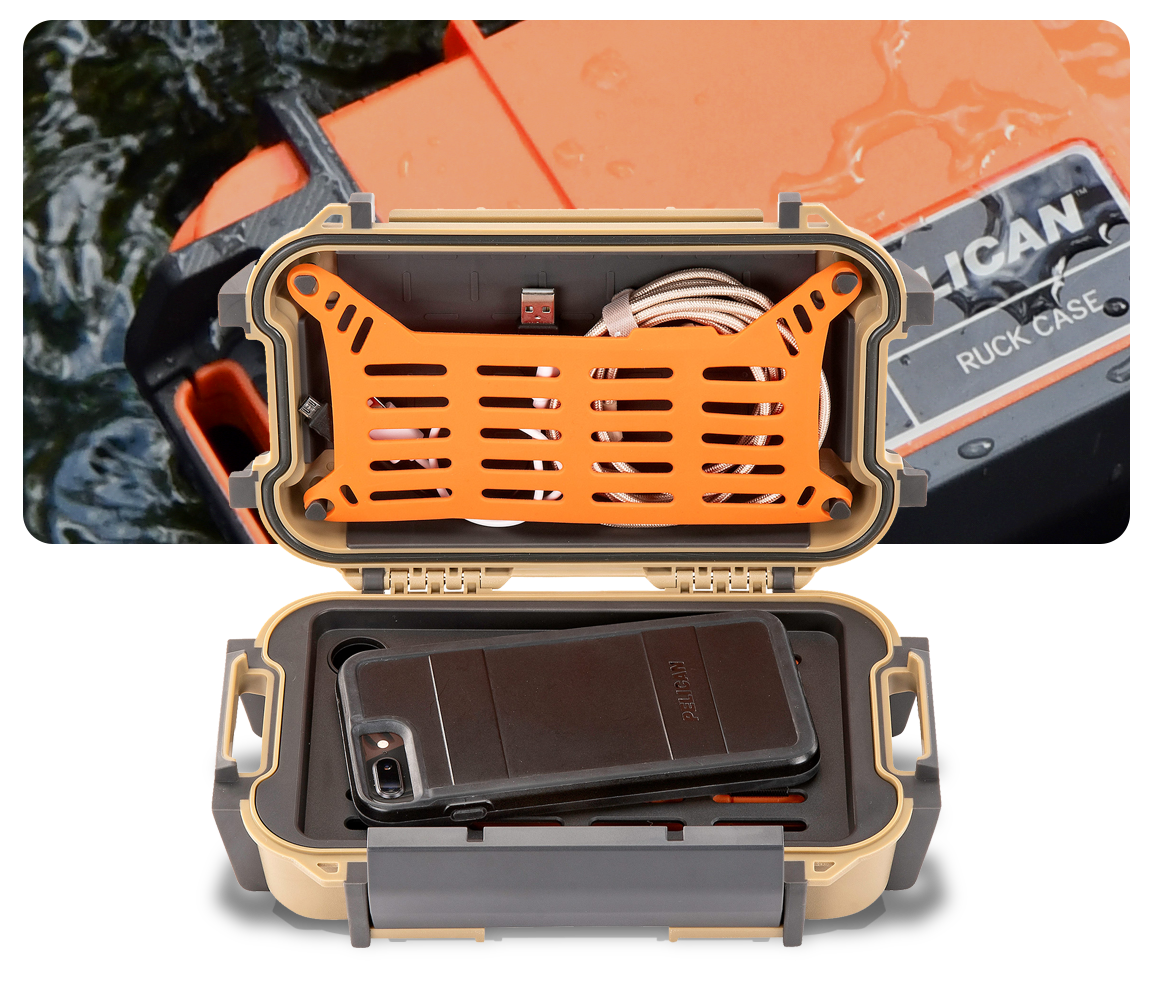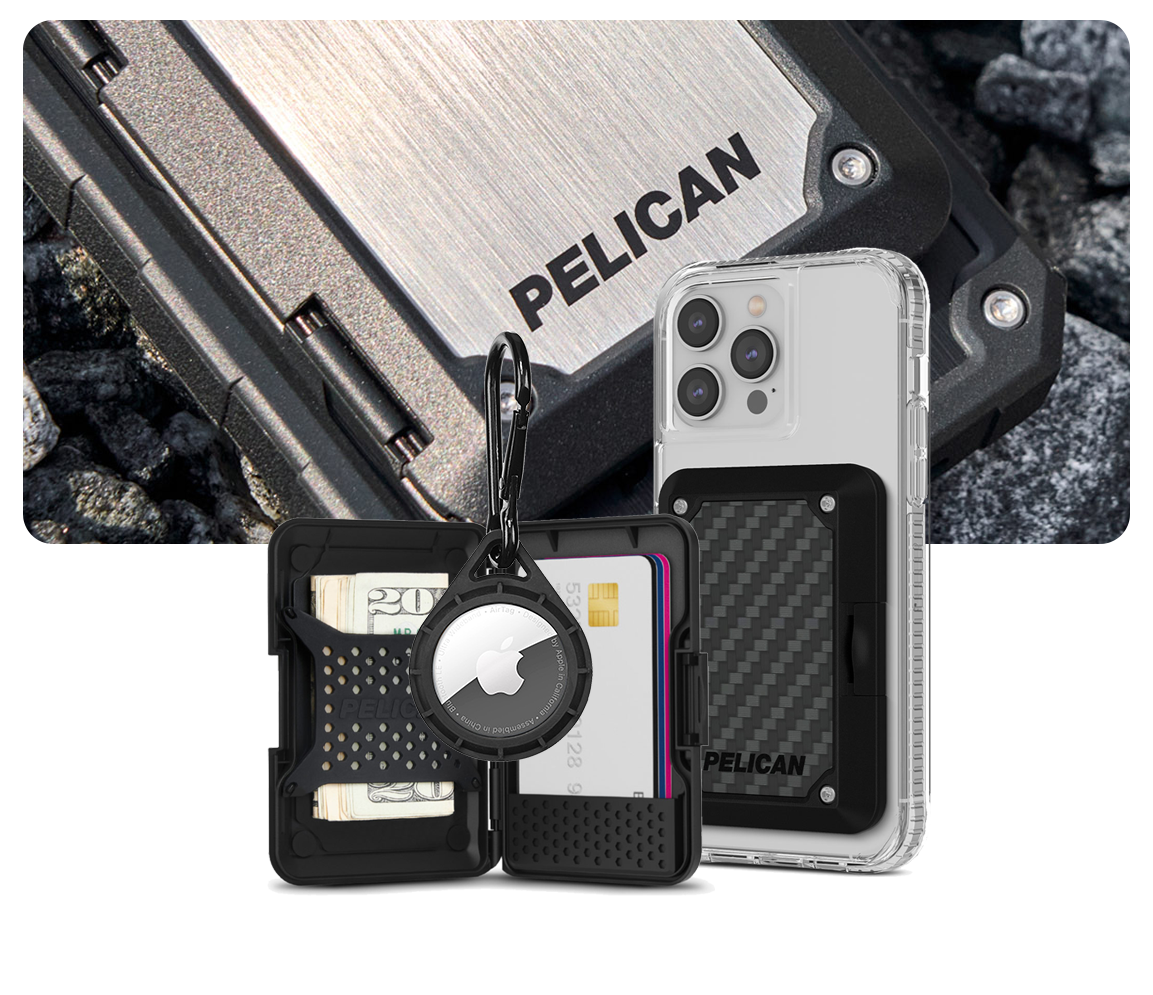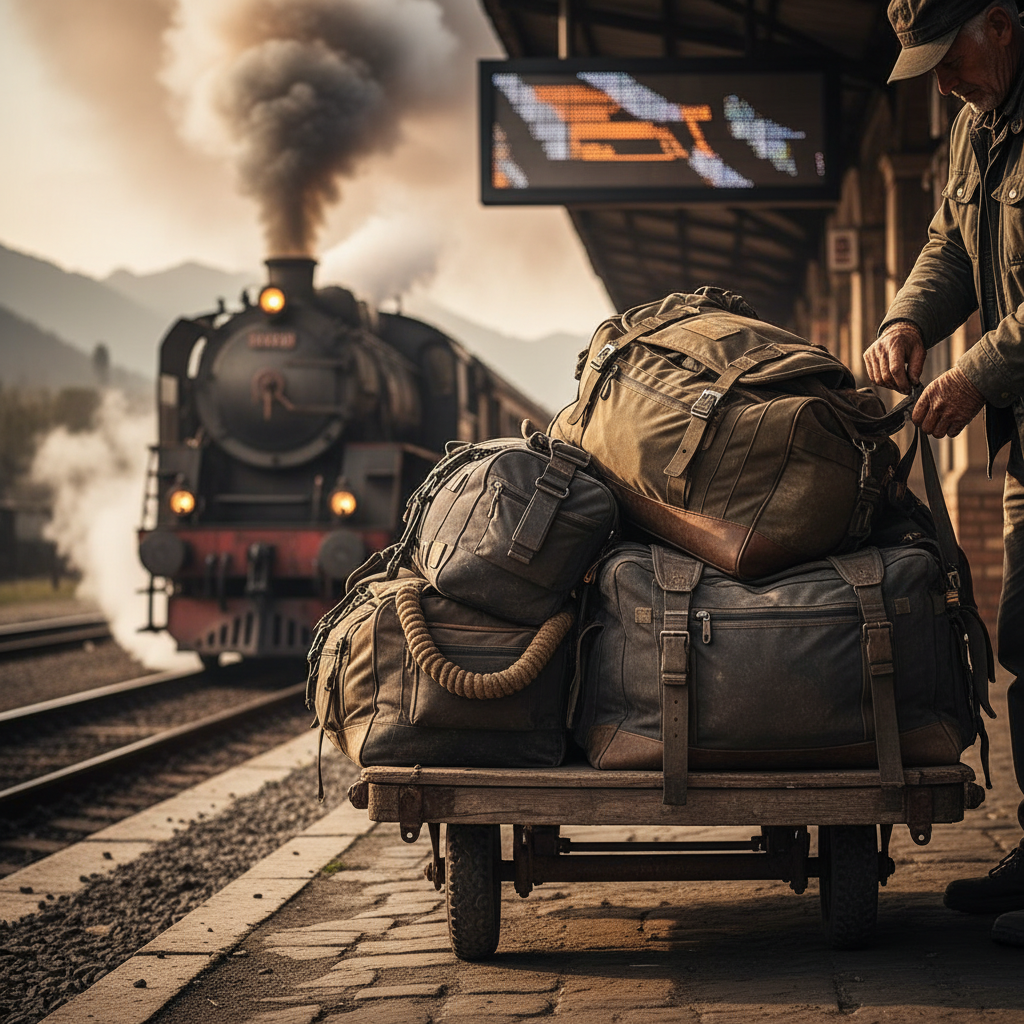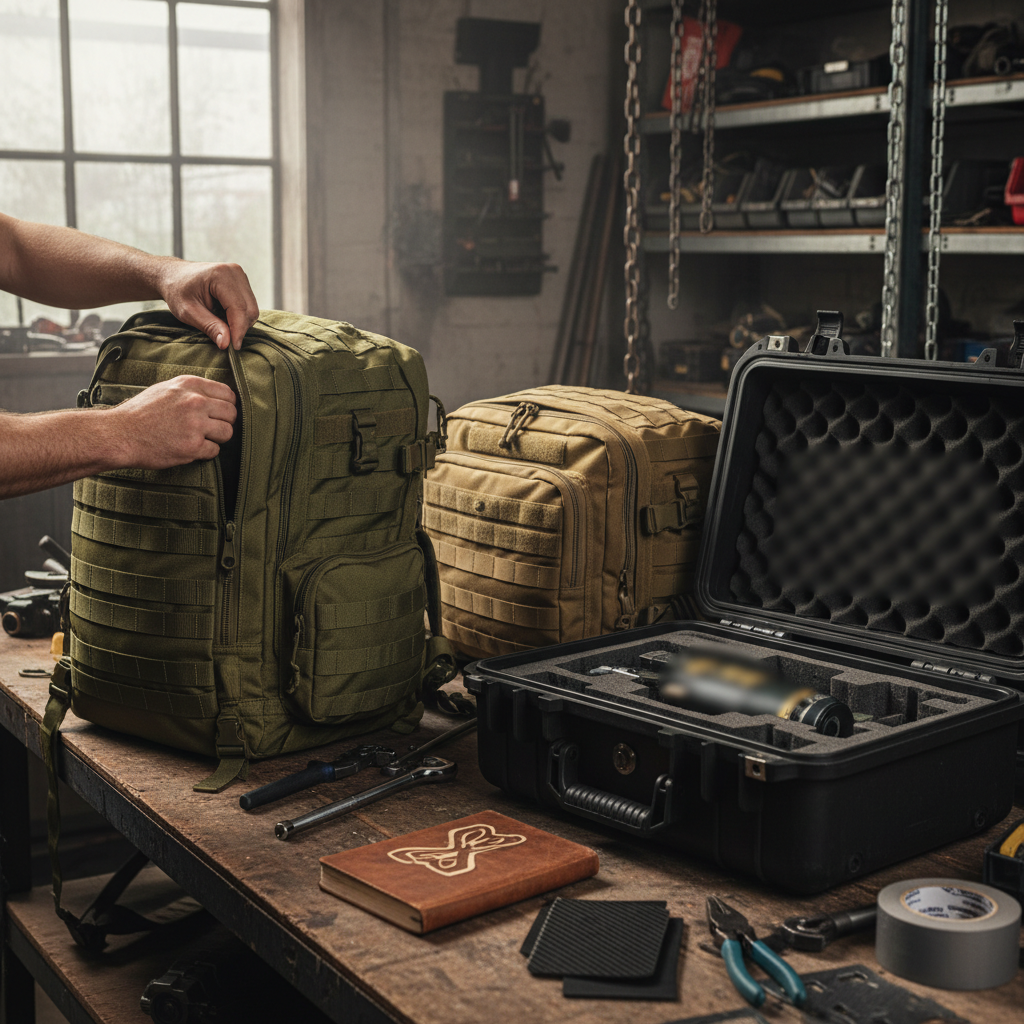Built to Last: The Ultimate Guide to Heavy-Duty Travel Bags
Unpacking Durability, Smart Features, and Lifelong Gear Choices
Quick Summary / Key Takeaways
- Choose materials like ballistic nylon or CORDURA. They offer great abrasion and tear resistance, which is key for tough travel conditions.
- Check zippers for strong builds, like YKK #10 coil or chain. They often fail in lower-quality bags.
- Make sure your heavy-duty bag has padded, adjustable straps. This helps with weight distribution, so you stay comfortable and avoid injury while carrying it.
- Look for features like water-resistant coatings, taped seams, and durable hardware. These help protect your items from the elements.
- Think of a heavy-duty travel bag as a smart investment. It cuts down on frequent replacements and gives you peace of mind.
Introduction
Starting an adventure often means testing your gear's limits. Few things are more frustrating than a zipper breaking at baggage claim or a seam ripping mid-trek, spilling your essentials on a dusty trail. This is where heavy-duty travel bags shine. They're not just bags; they're mobile fortresses that protect your valuables against tough conditions. From rugged wilderness trips to demanding international travel, standard luggage often falls short. Heavy-duty bags use strong materials, reinforced construction, and durable components, built to handle abuse that would ruin ordinary bags. They offer peace of mind, ensuring your gear arrives intact, trip after trip. This guide will explore what makes a travel bag truly heavy-duty. We’ll look at materials for unmatched durability, essential features you can’t skip, and expert tips for maintenance to extend your bag’s lifespan for decades. Get ready to learn how to choose a travel partner as tough as your adventurous spirit.
Comparing Leading Heavy-Duty Bag Materials
| Material Type | Primary Strength | Typical Weight | Common Applications |
|---|---|---|---|
| Ballistic Nylon | Extreme Abrasion Resistance | Heavy | Military, Expedition Duffels |
| Cordura Nylon | High Tear & Scuff Resistance | Moderate | Backpacks, Tactical Gear |
| Tarpaulin (PVC) | Absolute Waterproofing | Heavy | Dry Bags, Haul Bags, Duffels |
| Waxed Canvas | Good Abrasion, Water Repellent | Moderate | Classic Satchels, Overlanders |
Critical Features for Heavy-Duty Travel Bags
| Feature | Benefit to Durability | Recommended Spec | Impact Score (1-5) |
|---|---|---|---|
| Zippers | Prevents Blowouts & Snags | YKK #10 Coil/Chain | 5 |
| Seams | Structural Integrity, Prevents Tearing | Double-Stitched, Bartacked | 5 |
| Hardware | Resists Snapping Under Load | Metal (D-rings, buckles) | 4 |
| Reinforced Stress Points | Distributes Weight, Prevents Rips | Bar-tacked, Box-stitched | 4 |
Heavy-Duty Travel Bag Setup Checklist
- Check that all straps, buckles, and compression systems are properly adjusted and secure. This ensures your heavy-duty travel bag works well when fully loaded.
- Do a “dry run” pack. This tests weight distribution and ensures easy access to essentials. A balanced travel bag keeps you comfortable on long trips.
- Check all zippers to ensure they work smoothly. If any feel sticky, use silicone lubricant. This keeps your heavy-duty travel bag running well, even in tough conditions.
- Reapply a fresh DWR (Durable Water Repellent) spray if the bag’s coating wears. This keeps it water-resistant and helps your heavy-duty travel bag last longer.
End-of-Trip Checklist for Heavy-Duty Travel Bags
- Empty and clean all compartments. Remove dirt, sand, and debris. This helps prevent abrasion and keeps the interior lining of your heavy-duty travel bag safe.
- Inspect seams, zippers, and hardware closely. Look for wear, tears, or damage. This helps you find problems early, so they don't affect your trips later.
- Fix small problems like loose threads or tiny tears right away. This helps stop further damage and keeps your heavy-duty travel bag in good shape for long-term use.
- Store your heavy-duty bag flat in a cool, dry, dark place. This helps maintain its quality and shields it from UV damage, moisture, and wear.
Table of Contents
Section 1: Understanding Heavy-Duty Bags
- What defines a "heavy-duty" travel bag?
- Why is investing in a heavy-duty travel bag worthwhile?
- How do heavy-duty bags differ from standard luggage?
Section 2: Choosing the Right Materials
- What are the best materials for ultimate heavy-duty travel bags?
- How does Cordura nylon compare to ballistic nylon for durability?
- Is waterproof tarpaulin truly necessary for rugged travel?
- What denier count indicates a truly durable fabric for travel bags?
Section 3: Key Features and Design
- What are the most critical zipper types for heavy-duty bags?
- Why are reinforced seams and stitching so important for durability?
- How does hardware quality impact the lifespan of a heavy-duty bag?
- What design elements contribute to comfortable carrying of heavy loads?
Section 4: Maintenance and Longevity
- What are the essential cleaning steps for heavy-duty travel bags?
- How often should I reapply waterproofing treatment to my bag?
- What common repairs can extend the life of a heavy-duty bag?
- What's the best way to store a heavy-duty travel bag long-term?
Frequently Asked Questions
Section 1: Understanding Heavy-Duty Bags
FAQ 1: What defines a "heavy-duty" travel bag?
A "heavy-duty" travel bag is known for its durability and strong materials. It has reinforced construction and high-quality parts made to survive tough conditions. These bags protect contents from harsh environments, repeated handling, and heavy loads. They often use materials like ballistic nylon or Cordura. Unlike regular luggage, they focus on lasting strength rather than being lightweight or trendy. They cater to travelers who need dependable gear.
FAQ 2: Why is investing in a heavy-duty travel bag worthwhile?
Investing in a heavy-duty travel bag is worthwhile, as it offers reliability, extends gear lifespan, and provides peace of mind on tough trips. These bags reduce the risk of damage, save you from frequent replacements, and often include better warranties. The upfront cost might be higher, but the long-term value, less stress, and reduced waste make it a smart choice. They perform well when cheaper bags fail.
FAQ 3: How do heavy-duty bags differ from standard luggage?
Heavy-duty bags stand out from regular luggage in materials, construction, and design. They focus on durability rather than being lightweight. Standard luggage typically uses thinner fabrics, weaker zippers, and less reinforced stitching. This makes it more vulnerable to damage. Heavy-duty bags use high-denier fabrics, strong zippers, and reinforced stitching at key stress points. They are built to withstand tough conditions and rough handling. These bags are made for long-term use, not just for occasional trips.
Section 2: Choosing the Right Materials
FAQ 4: What are the best materials for ultimate heavy-duty travel bags?
The best materials for heavy-duty travel bags are high-denier nylons like Ballistic Nylon (1050D-1680D) and CORDURA (500D-1000D), or durable PVC-coated tarpaulin for waterproof use. Ballistic nylon is great for abrasion and tear resistance. CORDURA gives a good mix of strength and flexibility. PVC tarpaulin provides excellent weather protection, making it nearly waterproof. Each material has its benefits, but all are chosen for their toughness and ability to handle tough conditions. Check these specs to ensure true durability.
FAQ 5: How does CORDURA nylon compare to ballistic nylon for durability?
CORDURA nylon and ballistic nylon are both great for durability, but they perform differently. Ballistic nylon, usually 1050D, has a dense weave. This gives it strong puncture and tear resistance, making it very tough. CORDURA nylon, often 500D or 1000D, is known for its excellent abrasion resistance and comfortable feel. It has a slightly rougher texture, which helps it resist scuffs better. While ballistic nylon can feel stiffer and heavier, CORDURA strikes a good balance of strength and flexibility. Both are high-performance materials for tough use.
FAQ 6: Is waterproof tarpaulin truly necessary for rugged travel?
Waterproof tarpaulin is essential for rugged travel in wet conditions like rafting, sailing, or trekking through rainforests. Its PVC-coated design creates a strong barrier, protecting against rain, splashes, and even submersion. This keeps your gear completely dry. For milder conditions, water-resistant fabrics may work, but tarpaulin offers top protection when facing moisture. It's the best choice for keeping electronics and vital gear safe in tough environments.
FAQ 7: What denier count indicates a truly durable fabric for travel bags?
A denier count of 500D or more shows a strong fabric for heavy-duty travel bags. Counts of 1000D+ are very tough. Denier measures fiber thickness. Higher numbers mean thicker, stronger yarns and more durable fabric. For the main body, 500D CORDURA nylon is a solid choice. However, 1000D CORDURA or 1050D ballistic nylon provide excellent durability. Fabrics under 400D usually tear and wear more easily, making them less suitable for heavy use. Always check the weave type and fabric treatment along with the denier.
Section 3: Key Features and Design
FAQ 8: What are the most critical zipper types for heavy-duty bags?
The most important zippers for heavy-duty bags are large-gauge YKK coil zippers (like #10 or #12) and strong YKK chain zippers (Vislon or metal). YKK zippers are the industry standard. They perform better than generic options. Coil zippers offer flexibility and self-healing features. Chain zippers, especially Vislon, are very strong and resist jamming. Self-repairing or lockable zipper heads add value. They help keep your bag secure and working well, even under stress. Don't compromise on zipper quality.
FAQ 9: Why are reinforced seams and stitching so important for durability?
Reinforced seams and stitching are key for durability in heavy-duty bags, as they stop the bag from tearing at stress points during heavy loads or rough handling.Single stitching can come undone, risking total failure. Techniques like double-stitching, bar-tacking, and box-stitching spread stress over a larger area. This makes seams much stronger and more resistant to ripping. These reinforcements are vital where straps, handles, and main panels connect. They help the bag last through years of use and show quality construction.
FAQ 10: How does hardware quality impact the lifespan of a heavy-duty bag?
Hardware quality greatly affects the lifespan of a heavy-duty bag. Components like buckles, D-rings, and strap adjusters carry heavy loads and face constant stress. Cheap plastic hardware can become brittle in cold weather, snap under pressure, or break down from UV exposure, making the bag unusable.
In contrast, high-quality hardware, often made from tough acetal plastic (like Duraflex) or metal alloys, is built to endure extreme forces and temperature changes. This durable hardware keeps straps secure and adjustments in place, directly enhancing the bag's functionality and lifespan. It's a crucial detail that often gets overlooked.
FAQ 11: What design elements contribute to comfortable carrying of heavy loads?
Effective design elements for carrying heavy loads comfortably include well-shaped, padded shoulder straps, a strong adjustable hip belt, and a solid frame system. A good hip belt helps shift weight from your shoulders to your hips, reducing fatigue and strain. Load lifter straps and sternum straps stabilize the load, keeping it from swaying and evenly distributing pressure. Proper back panel ventilation boosts comfort by reducing sweat. Together, these features make heavy bags easier to handle.
Section 4: Maintenance and Longevity
FAQ 12: What are the essential cleaning steps for heavy-duty travel bags?
To clean heavy-duty travel bags, start by emptying all compartments. Brush off any loose dirt. Then, hand-wash using mild soap and lukewarm water. Avoid harsh detergents and machine washing; they can harm special coatings and materials. Use a soft brush or sponge to scrub soiled areas, especially zippers and seams. Rinse thoroughly with clean water to remove all soap. Hang the bag upside down in a well-ventilated area, away from direct sunlight to air dry completely. This method keeps the fabric’s integrity and DWR intact.
FAQ 13: How often should I reapply waterproofing treatment to my bag?
You should reapply waterproofing treatment to your heavy-duty bag whenever water stops beading on the fabric and instead soaks in. This usually happens every 6-12 months with regular use. The factory-applied Durable Water Repellent (DWR) coating wears off over time. Factors like abrasion, dirt, and washing contribute to this wear. A simple spray-on or wash-in DWR product can refresh the fabric's water repellency. This keeps your bag effective at shedding water. Always clean the bag thoroughly before reapplying the treatment. Dirt can interfere with bonding, so a clean surface is key. This process protects your contents and helps extend the fabric's life.
FAQ 14: What common repairs can extend the life of a heavy-duty bag?
Common repairs that can extend the life of a heavy-duty bag include patching small tears, re-stitching loose seams, and replacing broken zippers or slider pulls. Small rips can often be fixed with heavy-duty repair tape or fabric patches. This prevents them from getting larger. Loose threads at seams or stress points should be re-stitched quickly using strong thread like bonded nylon. If a zipper is broken, sometimes only the slider needs replacing. This is easier than replacing the entire zipper. Taking care of these small issues early prevents bigger problems later. Learning basic repairs is a useful skill.
FAQ 15: What's the best way to store a heavy-duty travel bag long-term?
To store a heavy-duty travel bag long-term, first clean and dry it completely. Then, keep it uncompressed in a cool, dry, dark place away from direct sunlight. Moisture can cause mildew and damage the fabric. Sunlight and extreme temperatures can weaken materials and elastic parts. Storing the bag uncompressed helps it keep its shape and prevents creases that stress the fabric. Hanging it or laying it flat in a breathable storage bag, not a sealed plastic one, allows for air circulation. This care helps maintain the bag's integrity.



